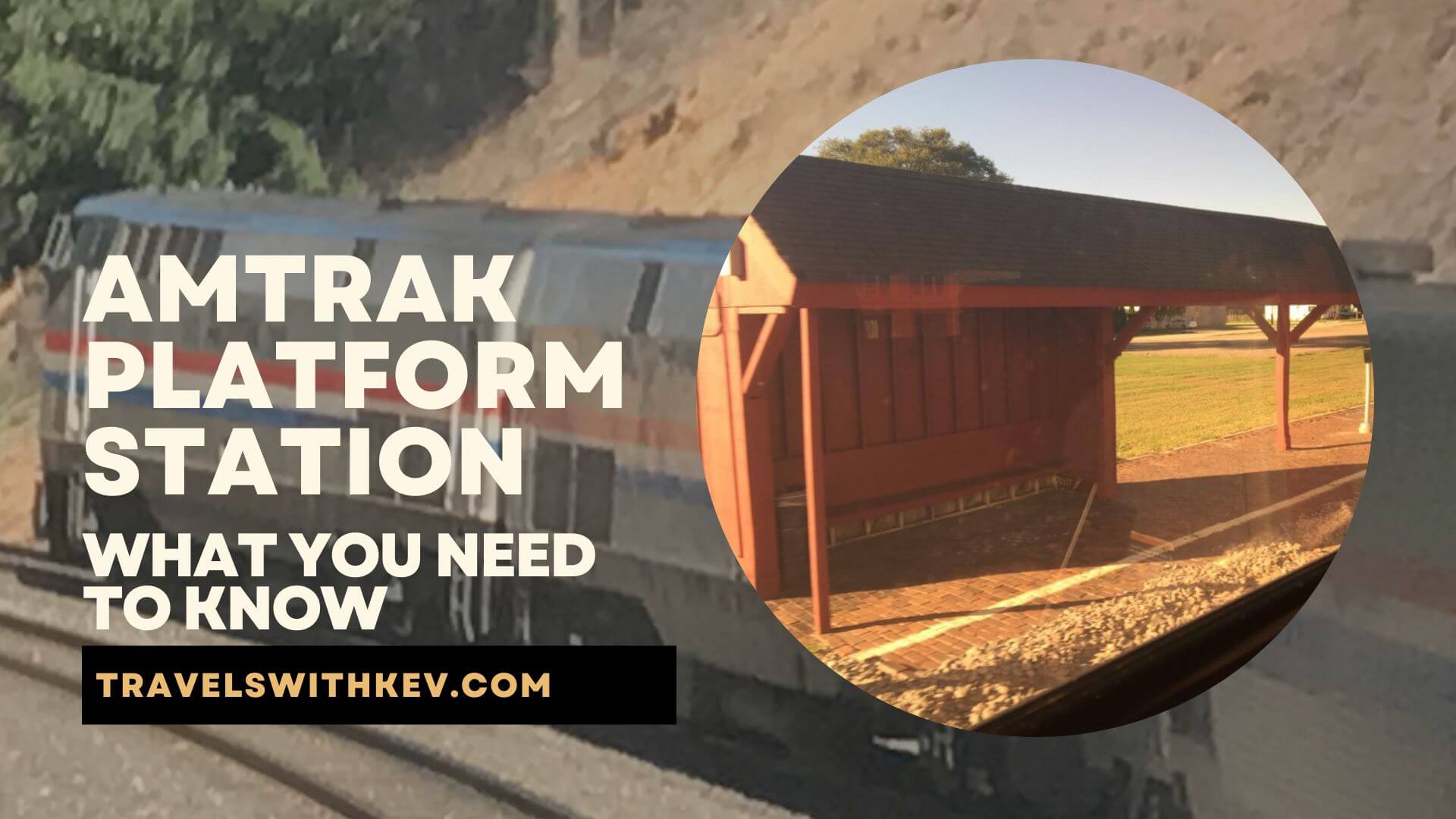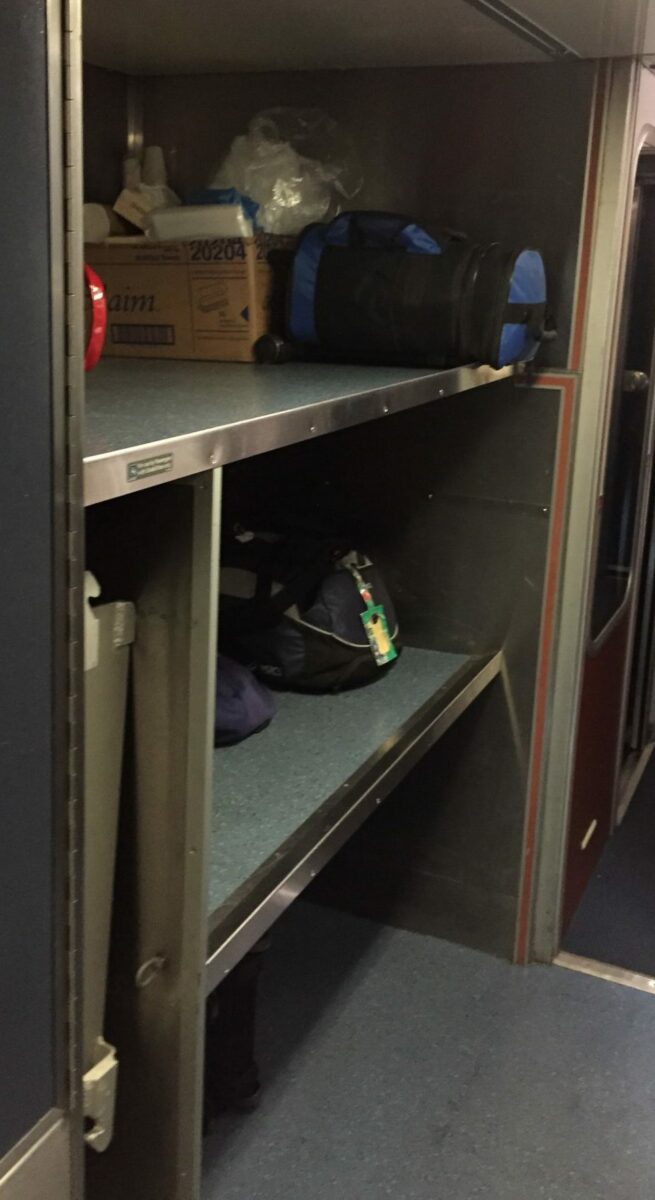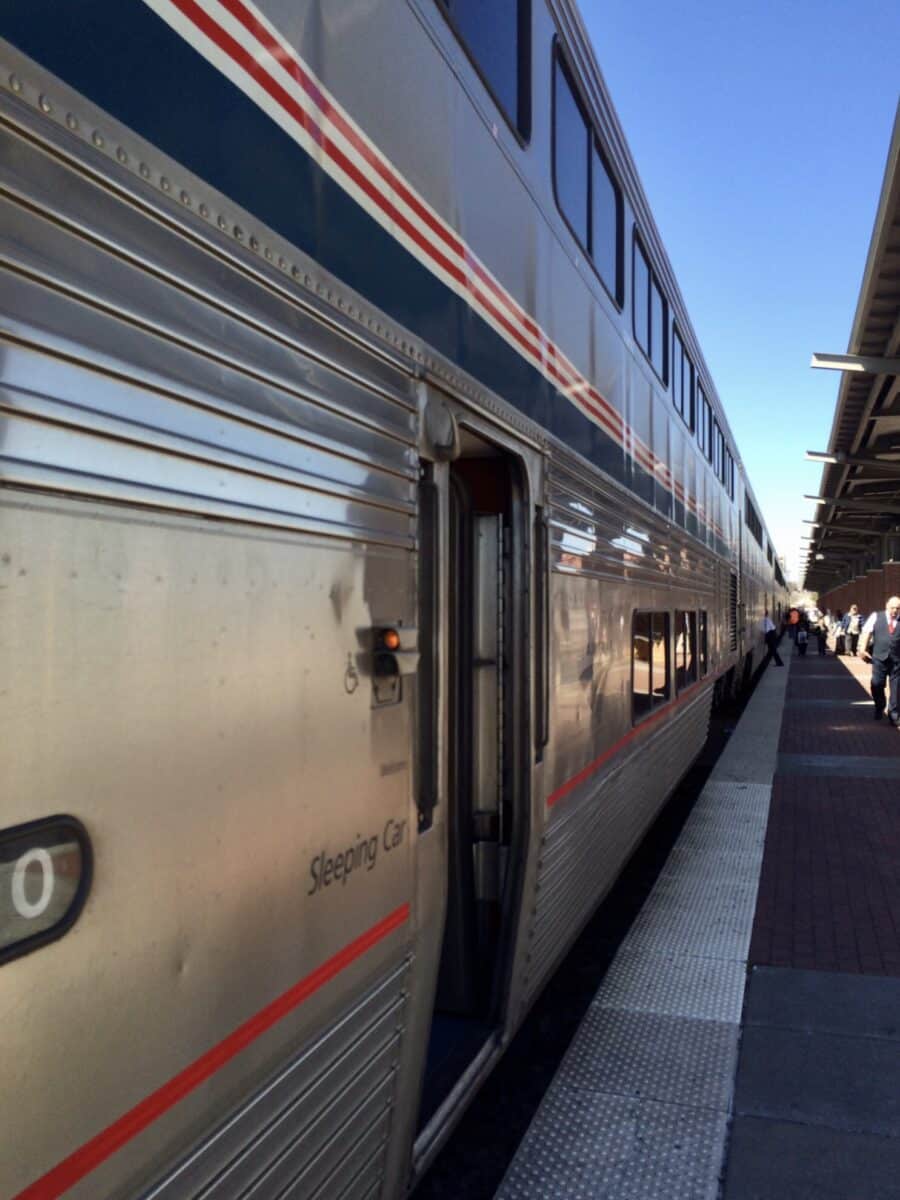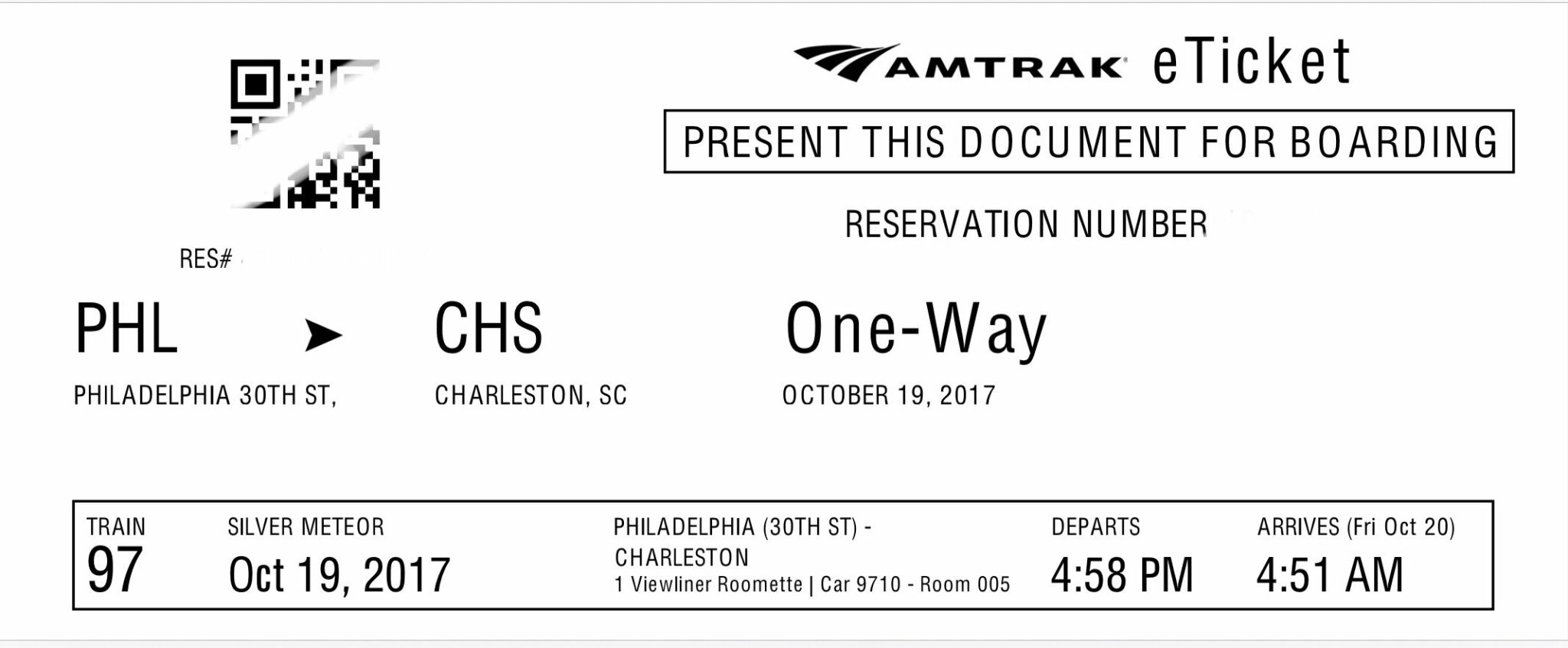In its simplest form, an Amtrak platform stop or platform station is a paved spot where the train stops, with a sign that indicates that stop. Many of them have a shelter and a bench. Platform stations are standard on commuter railroads; it is the same concept if you ever take a city bus.
If your first trip starts at platform stations, you have nothing to fear. This article will guide you through what you need to know. Besides, the time you spend at the platform station is a small percentage of your trip.
What is an Amtrak platform station?
As you learned from the intro, an Amtrak platform “station” is the most basic stop you can have; think bus stop but with a train. It can be as simple as a platform (a long sidewalk) and a sign, but the deluxe ones may have a simple shelter.
Amtrak connecting bus services also use these stops; if you are used to bus stops, you understand platform stations.
Who chooses the type of station a community has?
Within Amtrak platform requirements, the local municipality usually determines what they want to provide for a “station” and how they want to represent their town. Some communities, like Sturtevant, WI, put effort into their stations, while others offer the bare minimum with a platform “station.”
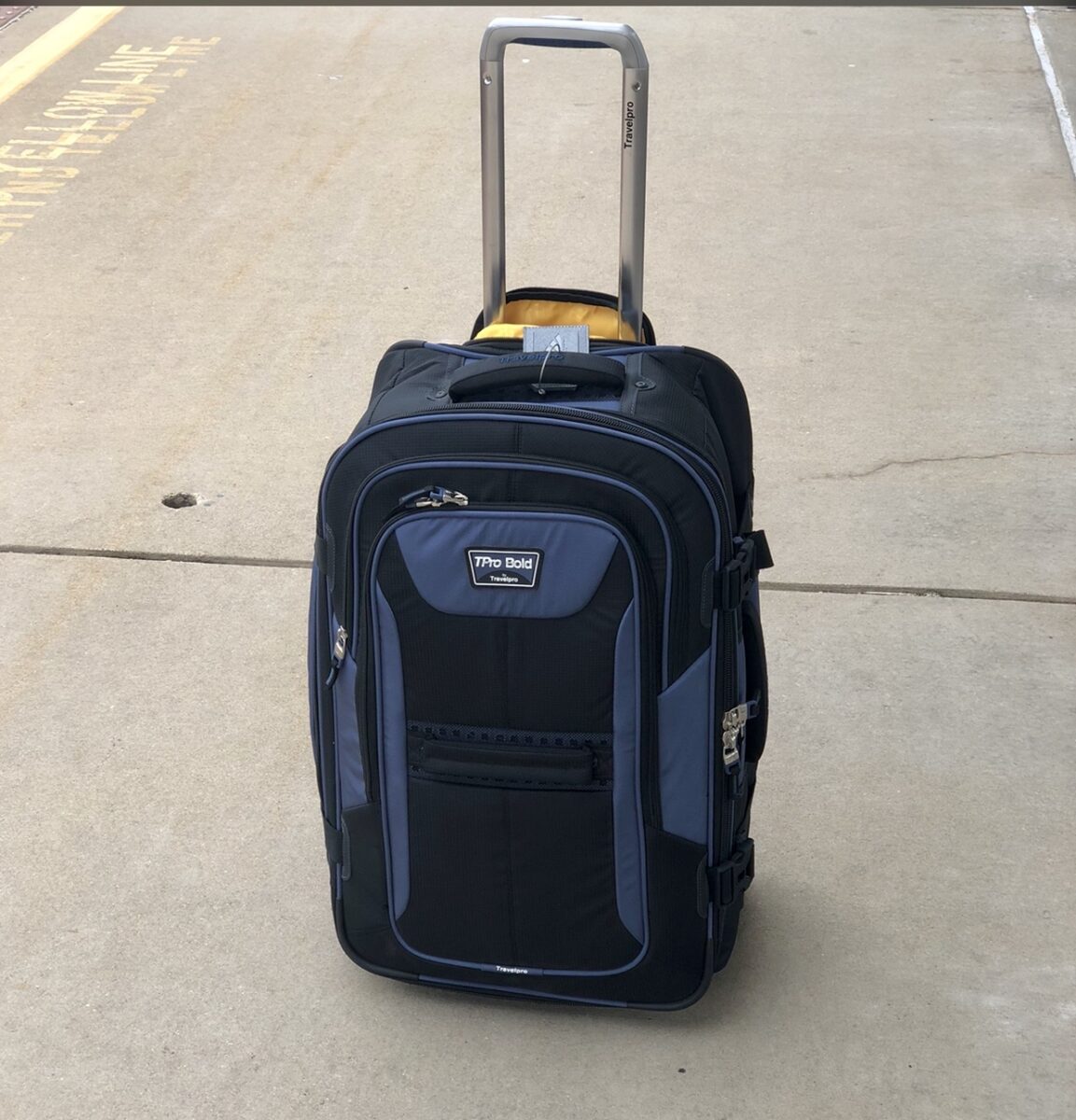
Packing For Platform Station
Platform stations do not offer baggage service, so the lighter you pack, the easier it will be for you, and your travel will have less stress. Carry-on-size luggage (around 21”) or travel backpacks work great for these situations and any travel.
Each passenger may carry on:
- One personal item, 25 lbs. (12 kg) and 14 x 11 x 7 inches, and
- Two carry-on pieces of luggage, 50 lbs. (23 kg) and 28 x 22 x 14 inches each
- If you transfer to the Pacific Surfliner at some point along your journey, the baggage size for that train is up to 28 x 22 x 11 inches each.
Charges apply for additional and oversized luggage; check out Amtrak’s carry-on bag policy for more information.
For your safety and the Amtrak staff’s sake, luggage cannot weigh more than fifty pounds.
If you are new to travel, fifty pounds is the most weight most transportation carriers allow. If your bag is overweight, it could get flagged, and you could face a fee for being too heavy. A few stops have trackside checked baggage.
Something To Consider When Packing
Remember that whatever you bring to the platform must be carried onto the train and upstairs. Conductors can help you get your belongings onto the train but must still schlep them onboard. If you have special needs, Amtrak has ways to assist.
Baggage On Superliner Trains (Bi-Level)
For coach passengers, there are a few options to store their luggage.
The lower level of the train has an unsupervised luggage rack, but space can be limited, especially if many passengers have already boarded.
Alternatively, passengers can bring their luggage to their seats, which requires carrying their belongings up a narrow staircase. If this is a concern, reserving a lower-level seat or traveling with a companion who can assist with the luggage might be a good idea.
If you are a sleeper passenger, please note that the rooms have limited storage space for your luggage. A luggage rack on the lower level is similar to coach cars. For more information, please refer to the details provided above.
If you are traveling solo in a roomette, you can store your belongings in a suitcase on the step to the upper bunk.
The bedrooms offer more space than the roomettes but are still somewhat tight.
Baggage On Most Viewliner & Regional Train
For Viewliner coach passengers, overhead luggage racks are available. Additionally, a storage shelf is located at the end of the car. If you cannot find it on one side of the train, it may be on the other.
Viewliner sleepers also have storage available above the doors and in the bedrooms. However, there are no open luggage racks in these cars. If you need assistance with your bags, you can ask your car attendant or a fellow passenger for help.
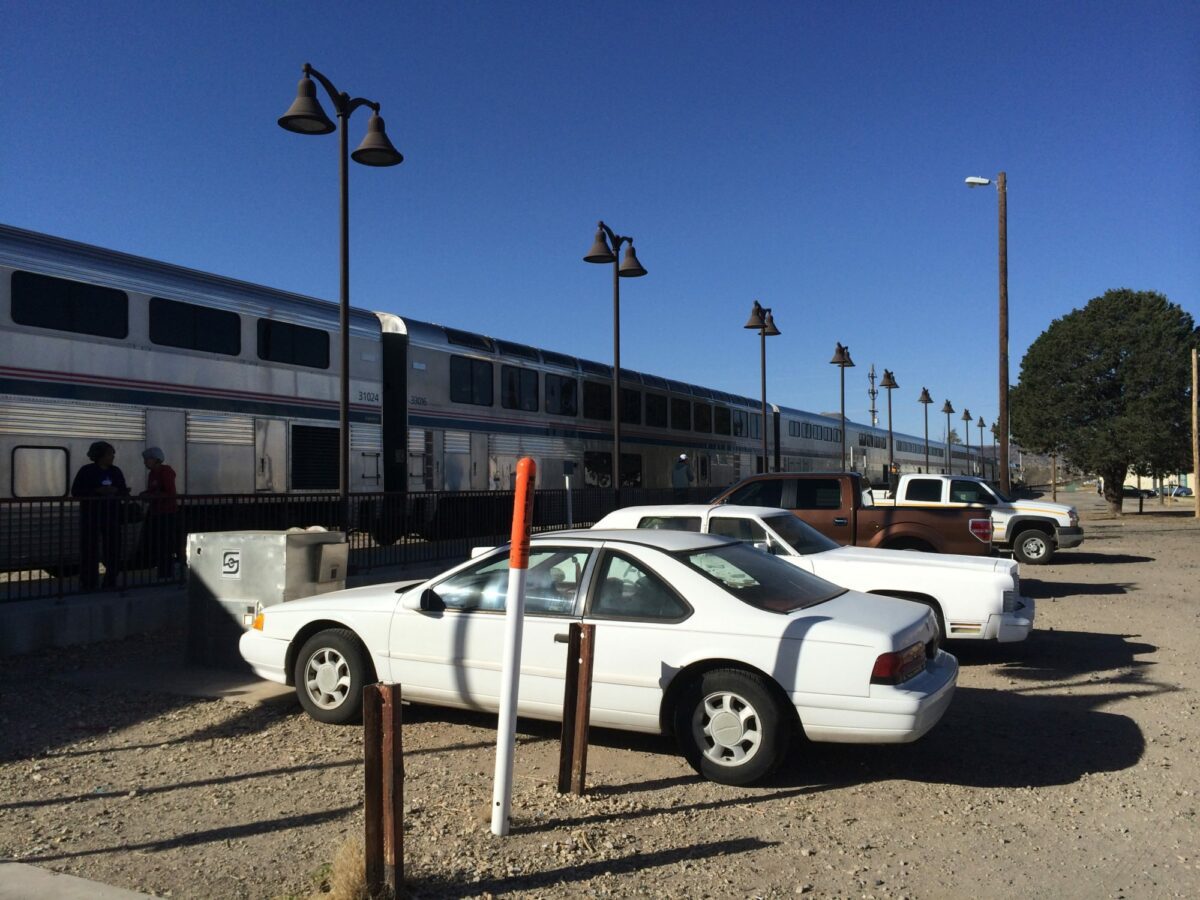
Parking At A Platform Station
It is easier to figure out parking ahead of time than dealing with it the day of the journey.
Station parking varies by municipality. If you are unfamiliar with the area, call the town or check its website for long-term parking information.
It is best to do this before your departure date. You don’t need a ticket, or worse yet, see that your vehicle got towed while on a fantastic adventure.
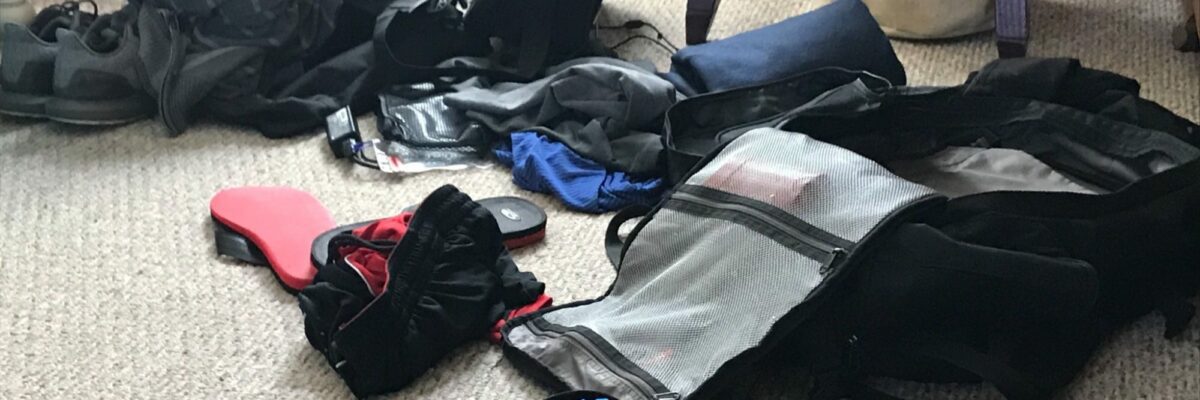
Preparation For Using A Platform Station
If you are unfamiliar with the platform station area, doing a “dry run” could eliminate stress on the day of travel.
I know one traveler who did not do that for his first Amtrak trip. He thought he knew the station location and was unaware that Sturtevant, WI, had built a new station.
He did catch his train on time, but it wasn’t a great start on his trip. Also, by doing a dry run, you could find a place to hang out if the train runs late or the weather is not marvelous. Although he dealt with an unstaffed station, the story still rings true.
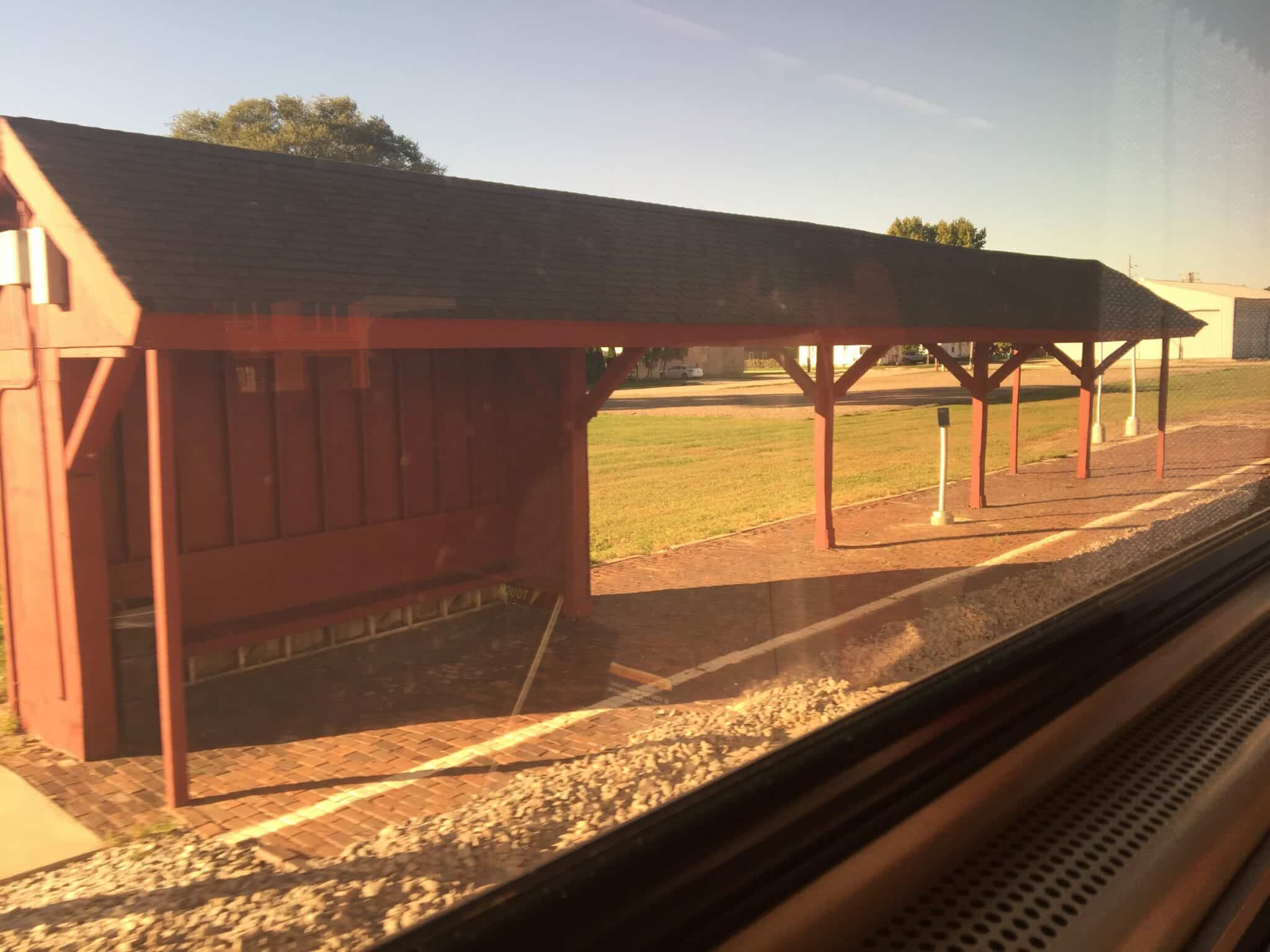
When The Train Arrives At A Platform Station
It’s pretty straightforward here: wait for the train to come to a complete stop and listen for directions from the conductors or Amtrak staff. They will direct you to the right car and assist you with your room or coach seats.
In some cases, Amtrak gives you a seat number; when you board, look for the numbers above the seat on the luggage rack. Amtrak assigned you sleeping accommodations; check the ticket for your sleeping car and room numbers when you make your reservations.
Conductors may scan or lift your ticket before boarding the train; wait until you are on board. The crew and how many people are getting on with you determine when they collect them. Either way, have your tickets ready as you see the train coming or before.
When staff asks you where you are going, they want to know your destination for THAT train, not your final destination. For example, if I am traveling from Omaha, NE, to Sturtevant, WI, they want to know I am going to Chicago and not Sturtevant when I board in Omaha. All the information you need is on your ticket.
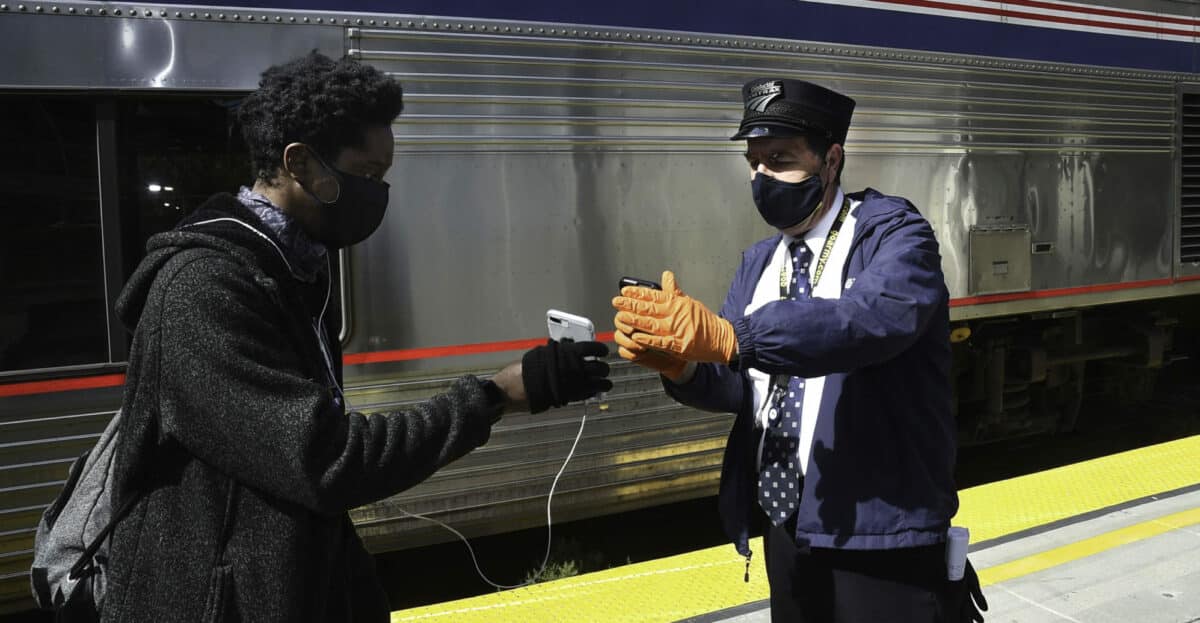
Ticketing information for an Amtrak Platform Station
For the best price, buy your tickets before you leave for the station.
You can buy tickets electronically via the app or website or by calling 1-800-USA-Rail. You need an email address so Amtrak can email your eticket. There are a few ways to save money when buying Amtrak tickets. While you can purchase tickets on some trains, I wouldn’t suggest it.
If you do not have an email, you may be able to get your ticket on the train, but you will have to call to see if this is an option.
eTickets
Amtrak will scan either paper tickets or electronic devices. If you or others in your party are Amtrak Guest Rewards members, your etickets will appear in the app.
After purchasing a ticket online or over the phone, Amtrak emails you a receipt and a PDF attachment of your travel documents. You can print them out from home or show the conductor the barcode from the email.
Platform stations do not have Amtrak ticket machines.

Where is my train?
If you want to know if your train is running on time or a little late, you have the following resources:
- Amtrak website
- Amtrak’s App
- 1-800-USA-Rail
- This third-party site
Another option is to have Amtrak text or email you if your train is running late. You could sign up for delay notices when you book your ticket or later if you forgot or have them sent to whoever is picking you up.
Another helpful tip is to sign up for the station stop before yours. If it is running late, you can better judge when to leave. Remember that trains can make up time along the route.
Safe Travels!
Kev
10042020

